3 Soil Protection Techniques Beyond Mulching
Protecting your soil from the sun, especially for gardeners in hot and dry zones, is a must.
To keep the soil from drying out too quickly, gardeners often turn to mulches made of straw, wood chips or wood shavings. Over the years I too have tried these traditional mulches (zone 10b) and have found it doesn’t work for me in most situations.
I find these are too slow to break down, a mess when it comes time to move them for new plantings, and insects like earwigs and pillbugs love to hide in the crevices.
Instead I have turned to alternative solutions like intensive planting, interplanting and living ground cover.
Intensive planting

Intensive planting involves planting your crops closer together than the recommended spacing when growing multiples. By planting closer together the foliage on your plants will provide more cover for the soil as they grow.
This means you’ll want to stay on top of pruning for airflow, and make sure you are adequately feeding so your plants are getting everything they need to continue to flourish and don’t succumb to disease.
An added bonus is you can squeeze in more plantings in the same amount of space and also get a higher yield.
Interplanting

Rather than planting one full bed of tomatoes or rows and rows of carrots, interplanting crops with different root depths allows you to plant more without the plants competing at the root zone for resources like water and nutrients.
For example, tap-root crops and shallow-rooted crops mix well with tomatoes and other deep-rooted crops, allowing you to use up more of the space in your planting area and again will result in more coverage of bare soil. The result can be a planting area with more of an organic feel rather than traditional rows.
In addition to root-depth considerations, think about above-ground as well. Vining plants, for instance, would make great companions for low-growing crops.
Mixing crops is nothing new. In fact, indigenous peoples have been doing this for hundreds of years. The "three sisters" method used by the indigenous peoples of north and central Americas is a great example of this. Corn is planted with beans and squash: The cornstalk acts like a trellis for the beans, the beans add nitrogen into the soil, and the squash plant shades the ground - all working in perfect harmony with each other.
Living ground cover

Lastly, shallow-rooted ground cover like alyssum are both beautiful and serve as a great living mulch. They add color, fragrance and also attract pollinators. Start early so they are established by the time the hot weather hits.
If using an annual as your option, at the end of the season it can be pulled up as needed. Since a living mulch will have roots, it can also help slow down soil erosion.
I have experimented using crawling herbs like oregano, which can have the added benefit of repelling pests. However, I did find the oregano was a bit harder to pull out at the end of the season. It’s probably better used as living mulch for fruit trees or other perennials that won’t be pulled out and can grow together for a longer amount of time.
Test out different options and see what works.
Final thoughts
I have found using one or a combination of these techniques has allowed me to be less reliant on traditional mulch and still protect my soil from drying out. These don’t necessarily need to replace your traditional mulch, but can also work alongside those as well.
What works in the garden has to also work for the gardener, so it’s all about finding a balance.





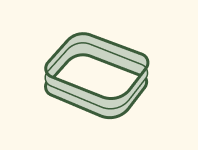
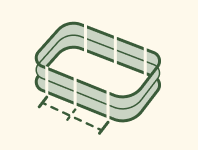
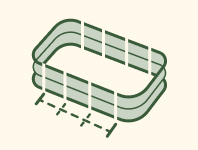
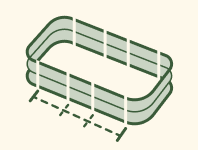
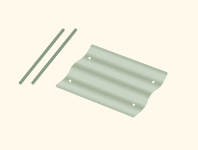





















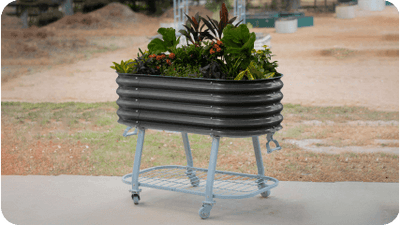









































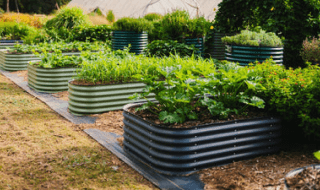
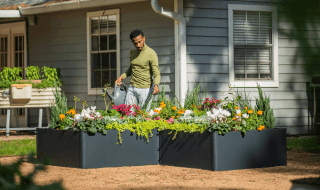
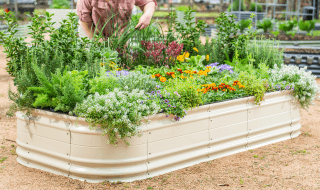
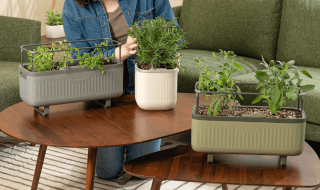
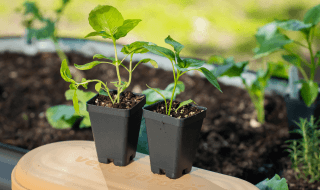
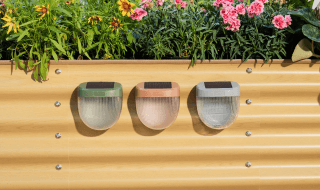
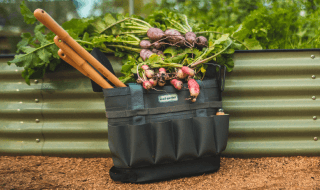
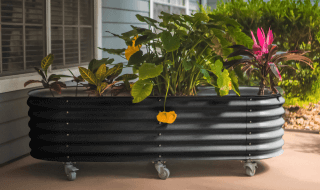







Leave a comment